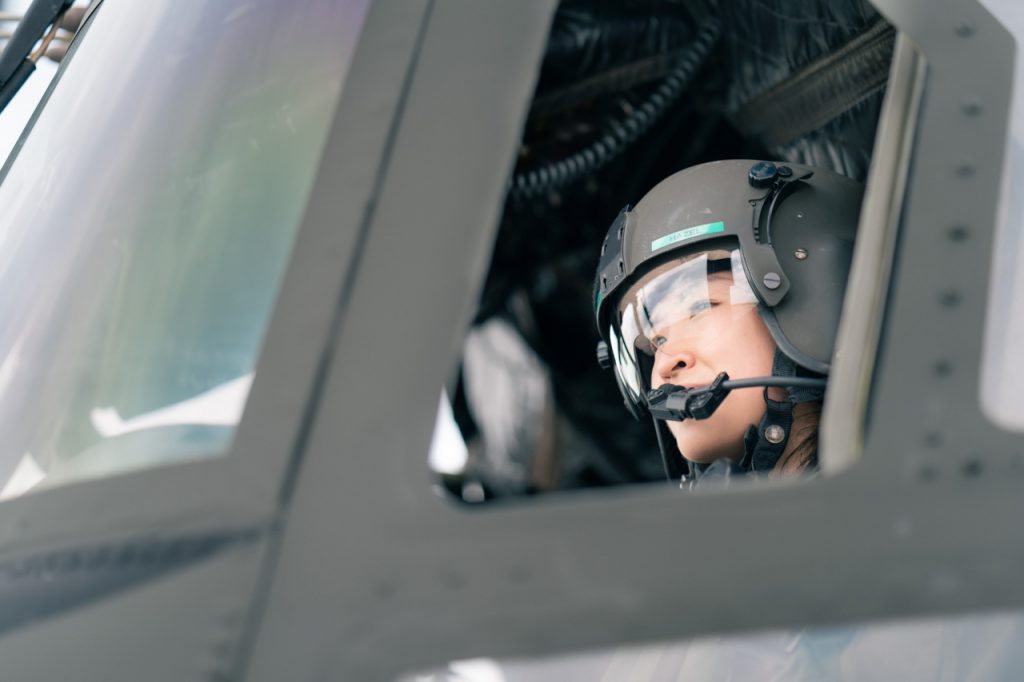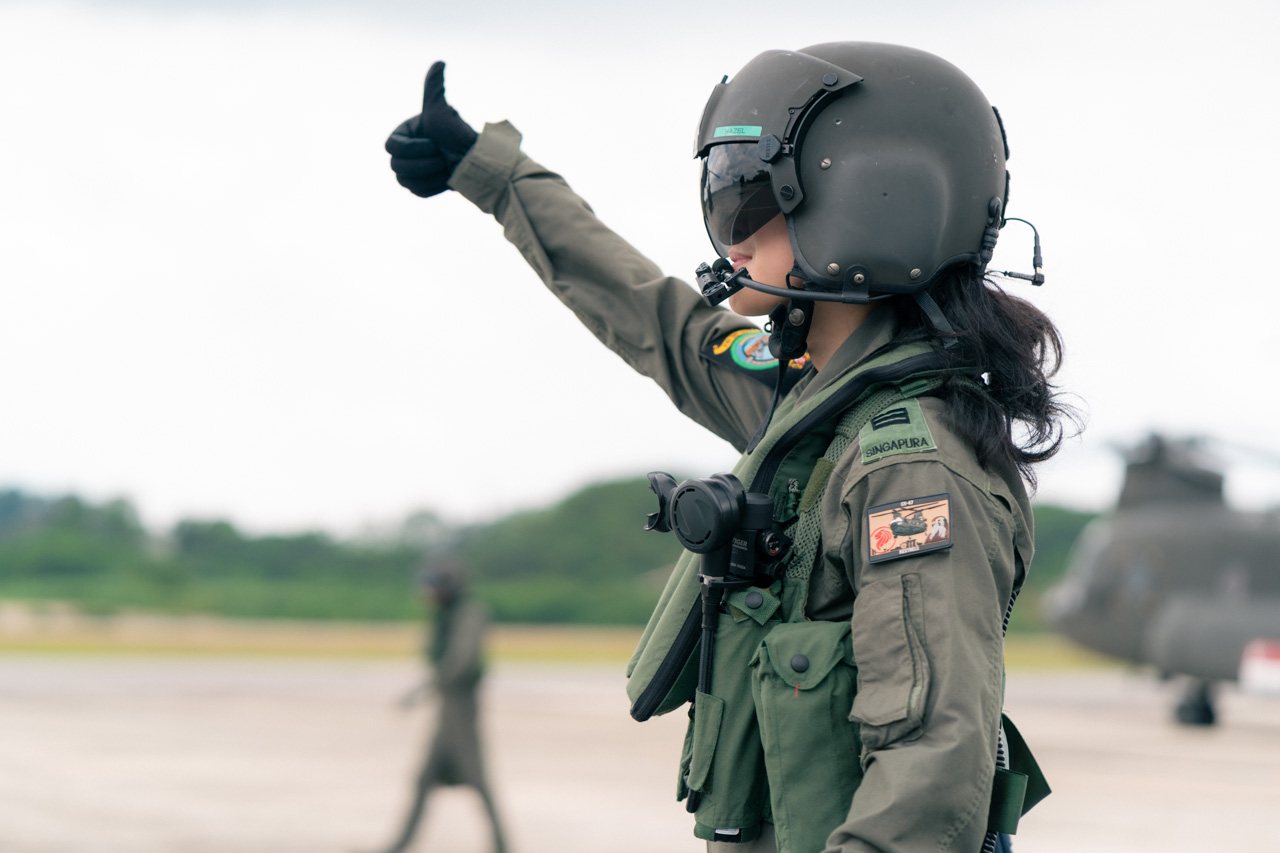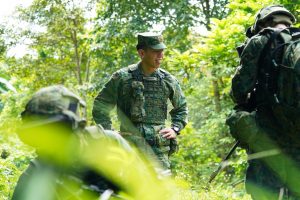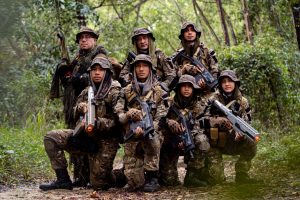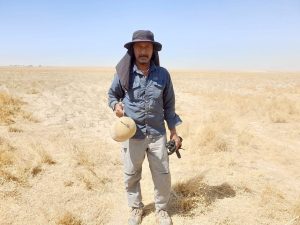All photos by Stephanie Lee for RICE Media.
Tucked away in Sembawang is an air base teeming with military personnel.
Captain Hazel Anne Wong of 126 Squadron treads the hallways with ease. As colleagues shuffle past her, she greets them like old friends. The 29-year-old is headed to the locker room, where she secures her helmet and strides to the hangar where a fleet of CH-47F Chinook helicopters lay in wait.
As a Singapore Armed Forces (SAF) Merit Scholar, Hazel was looking at a career in the skies after graduating from junior college. “I wanted to find something exciting, not desk-bound,” she tells me.
Back then, she was a fan of the Hong Kong drama television serial Triumph in the Skies. “That was the first encounter I had with aviation,” the pilot, dressed in her flight suit, explains.
“It inspired me to pursue a career in the aviation sector. I attended one of the career talks organised by the Republic of Singapore Air Force (RSAF), and one thing led to another.”
A Life’s Calling to the Skies
On National Day, a feverish atmosphere usually sets in on the RSAF’s helicopter squadrons. After all, it’s a signature sight on Singapore’s birthday to see a Chinook helicopter flying across Singapore’s heartland skies while carrying the State Flag.
Hazel’s face lights up when she talks about the National Day Parade (NDP), bursting into an exclamation of “NDP!”. She explains that getting the flag up in the sky is a lot more complicated than it seems.
Each flag is as large as a basketball court, and it takes multiple people to roll it up properly. Getting the flag to unfurl successfully also requires practice because improper folding or winds in the skies might twist it.
The NDP period makes Hazel “feel different”. Although she was only helping with ground operations last year, she felt a profound “sense of purpose” seeing the flag up in the air, knowing full well that that was only made possible by the different teams across the RSAF.
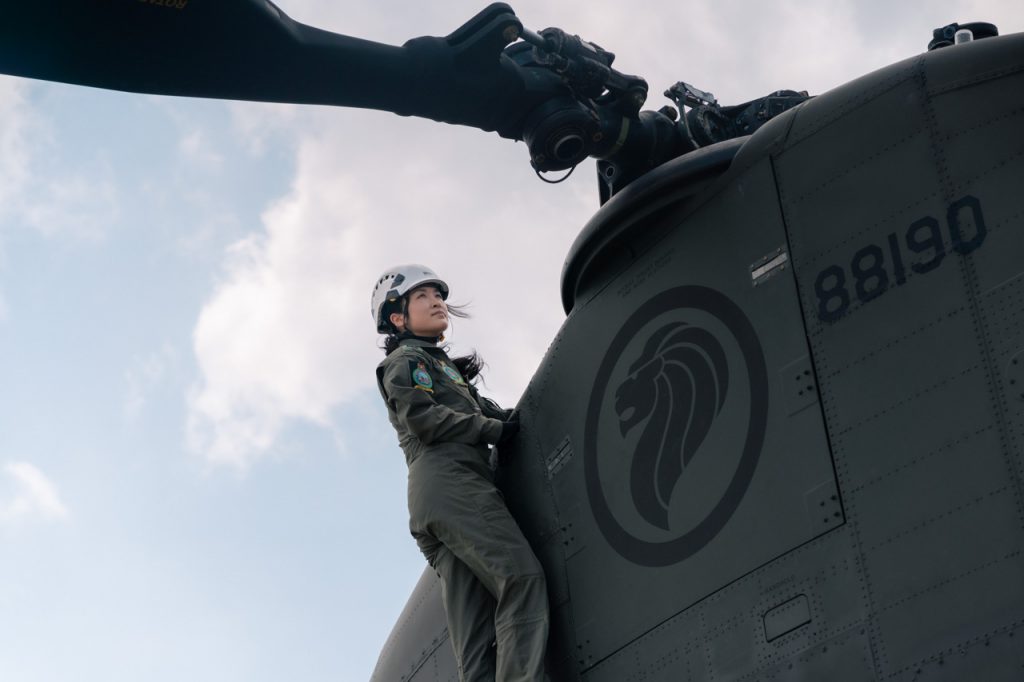
“It’s really like a whole kampung. The squadron gets together daily, and everybody depends on each other for something,” she elaborates.
Still, as a woman in the RSAF, she’s aware of how she stands out. Hazel may be one of Singapore’s few uniformed servicewomen, but this doesn’t faze her.
Comfortable in Her Own Skin
Before I met Hazel, I expected someone who looked like they would more likely fit in with a military environment. But this pilot is unapologetically feminine. She sweeps over the compound without any self-consciousness about her identity, with her hair pulled back in a low ponytail.
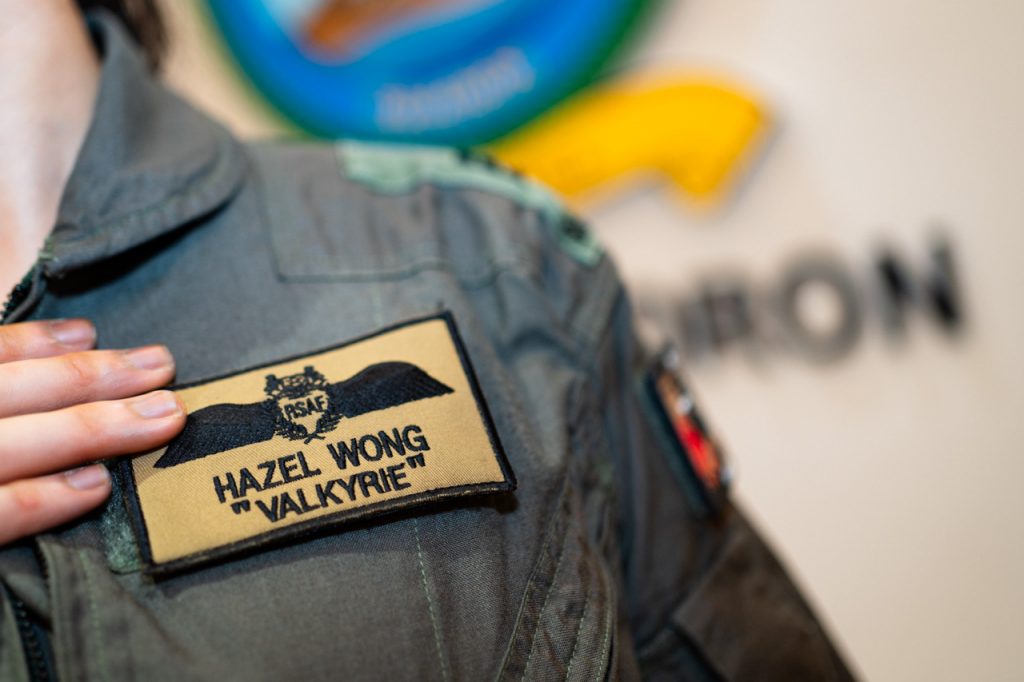
Her callsign “Valkyrie” is emblazoned on her chest. In Norse mythology, the Valkyrie are winged warrior women who guide the souls of dead soldiers to Viking heaven, Valhalla. Hazel hopes she embodies this gallantry in her work as an officer.
“I wanted a callsign that represents something that I can fight for,” shares Hazel, “A female should be able to fly an aircraft as well as a male can. At the end of the day, it’s also about hand and eye coordination and how well you manage your mission.”
She firmly believes she is treated equally and given the same resources and responsibilities as the rest.
“It should be the same because you are entrusted with the same aircraft, put in the same pilot seat, and responsible for an equal number of lives.”
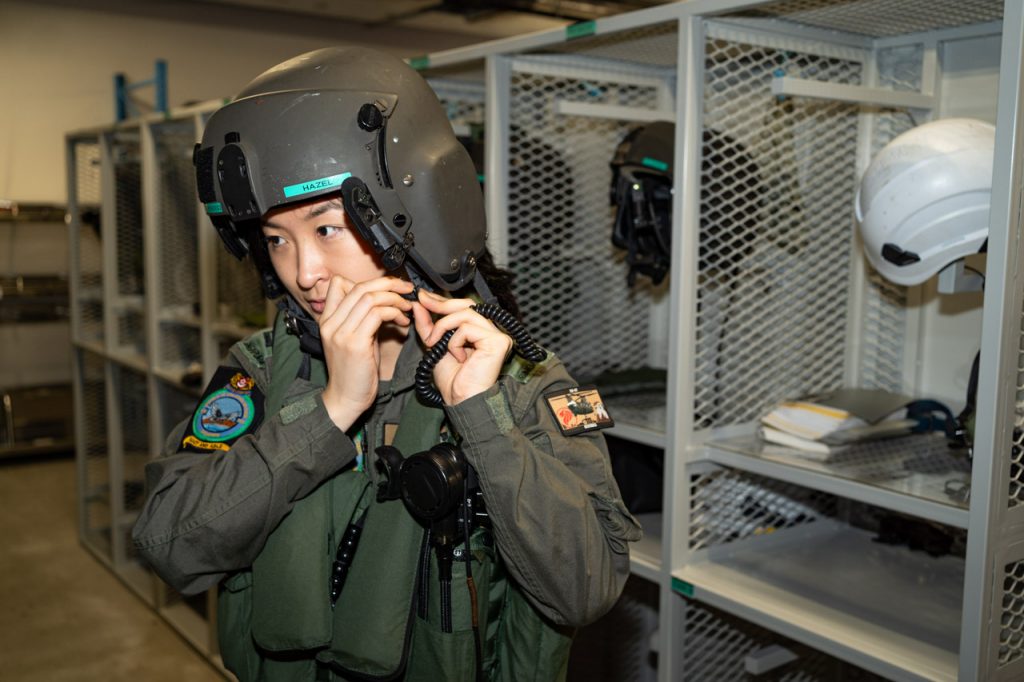
Over the years, the SAF has become more accommodating to the needs of its servicewomen, even setting up a dedicated SAF Women Outreach Office to focus on making the SAF a more conducive workplace for servicewomen. If mothers choose to return to flying, she says that the organisation is ready to support their transition through refresher courses.
Up in the Air
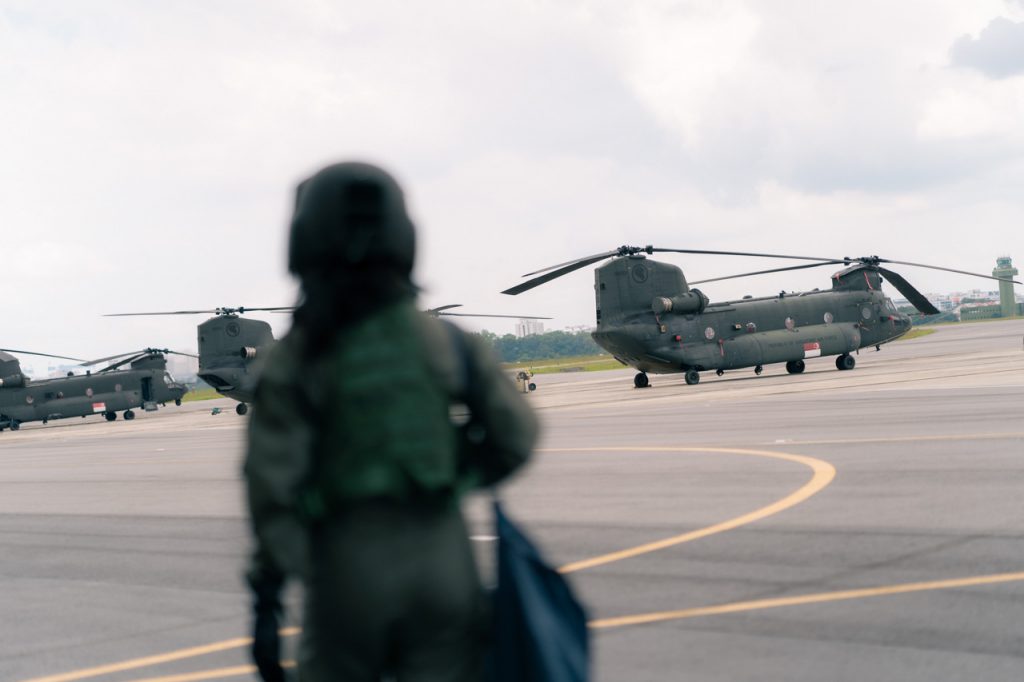
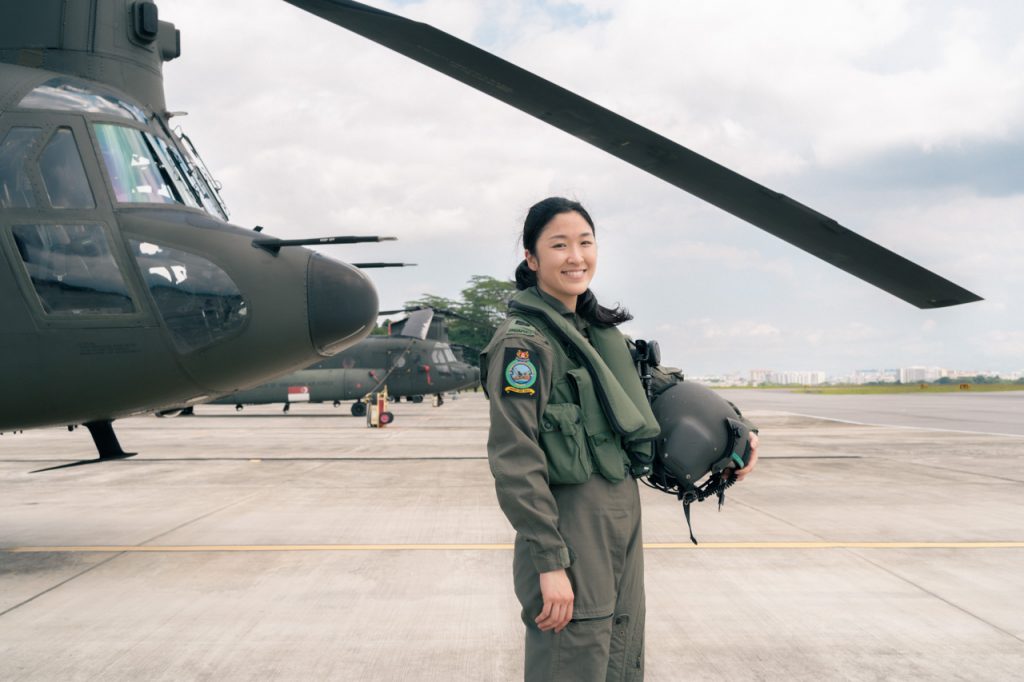
The immense responsibility she wields over the lives of others is stressful. “The challenge is to always be on top of your game. You need to know exactly what to do in the event of any contingencies.”
To her, the most important thing is to “be in the correct state of mind”. The pilot has to clear her head and remain focused to ensure that each flight goes smoothly. “It’s a lot more difficult than it sounds,” she admits.
Two things make her love her job as a pilot: her aircraft and the people around her, whom she regards as family. She bought a snooker table for her squadron—one that they have spent countless hours playing and bonding over—and celebrated each milestone with her team. All the time spent together cements the feeling that this is where she belongs.
With Chinook helicopters, the RSAF squadrons participate in missions such as search and rescue, medical evacuations, and lifting troops, as well as supporting humanitarian relief operations in countries affected by disasters. Back in March 2022, two RSAF Chinook helicopters helped civilians in Queensland and New South Wales when floods hit.
Colour in Regimen

Military life requires discipline, but it’s not all doom and gloom. Hazel fondly recounts the large-scale operation she executed with her squadron in Australia last September, called Exercise Wallaby (XWB). Having the chance to plan part of the missions in XWB with her friends and witness the smooth execution was particularly meaningful for her.
“We don’t have such a vast amount of airspace locally to train on such a scale,” she explains.
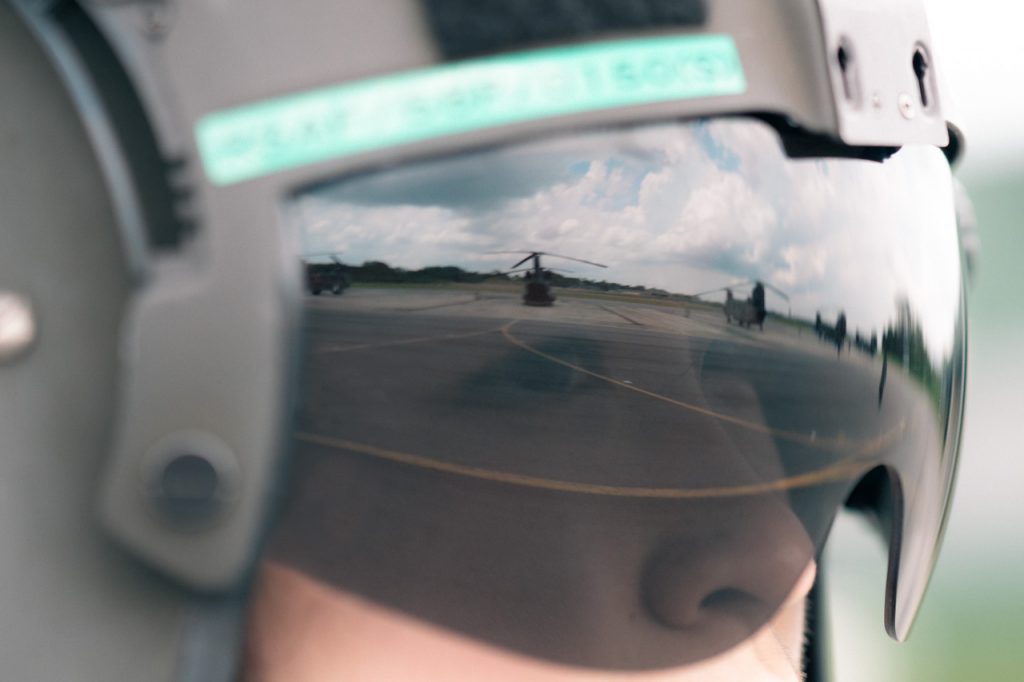
The experience that involved nonstop planning was tough, but she enjoyed it thoroughly. It built a strong sense of camaraderie among her crew members.
“Making all these things happen is so much more complex than I thought it would be,” she reflects. “Now, I find myself increasingly proud of the mechanism that makes this organisation whole.”
She has begun to recognise the role she plays in the RSAF, and how her peers make the air force what it is.
“I used to think about the air force as the fancy equipment and air show displays. But now, I think about the air force as its people.”
After her interview, Hazel drives the RICE team out of the Sembawang Air Base, gossiping with us about her favourite Netflix shows. When she’s away from the tarmac, her life is as ordinary as can be. But, in the skies, the airwoman is poised to fly far.
